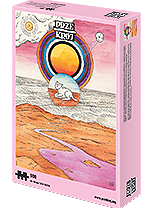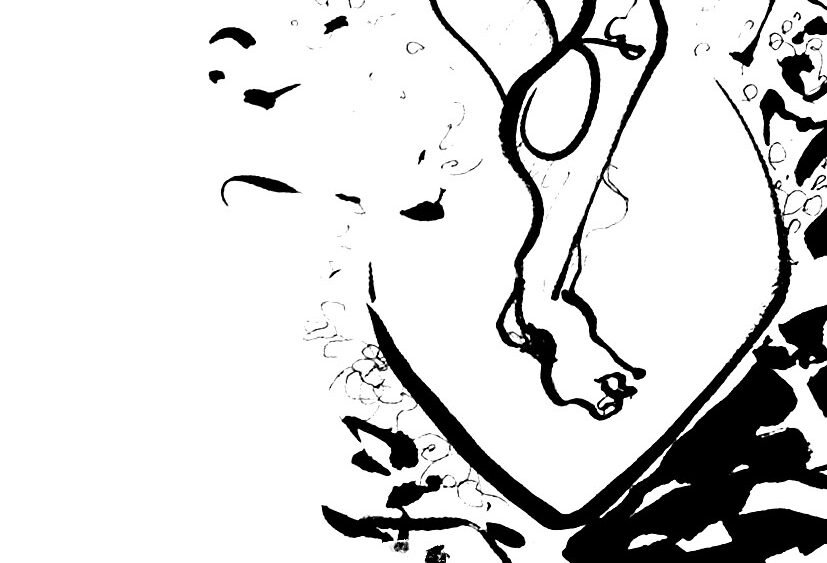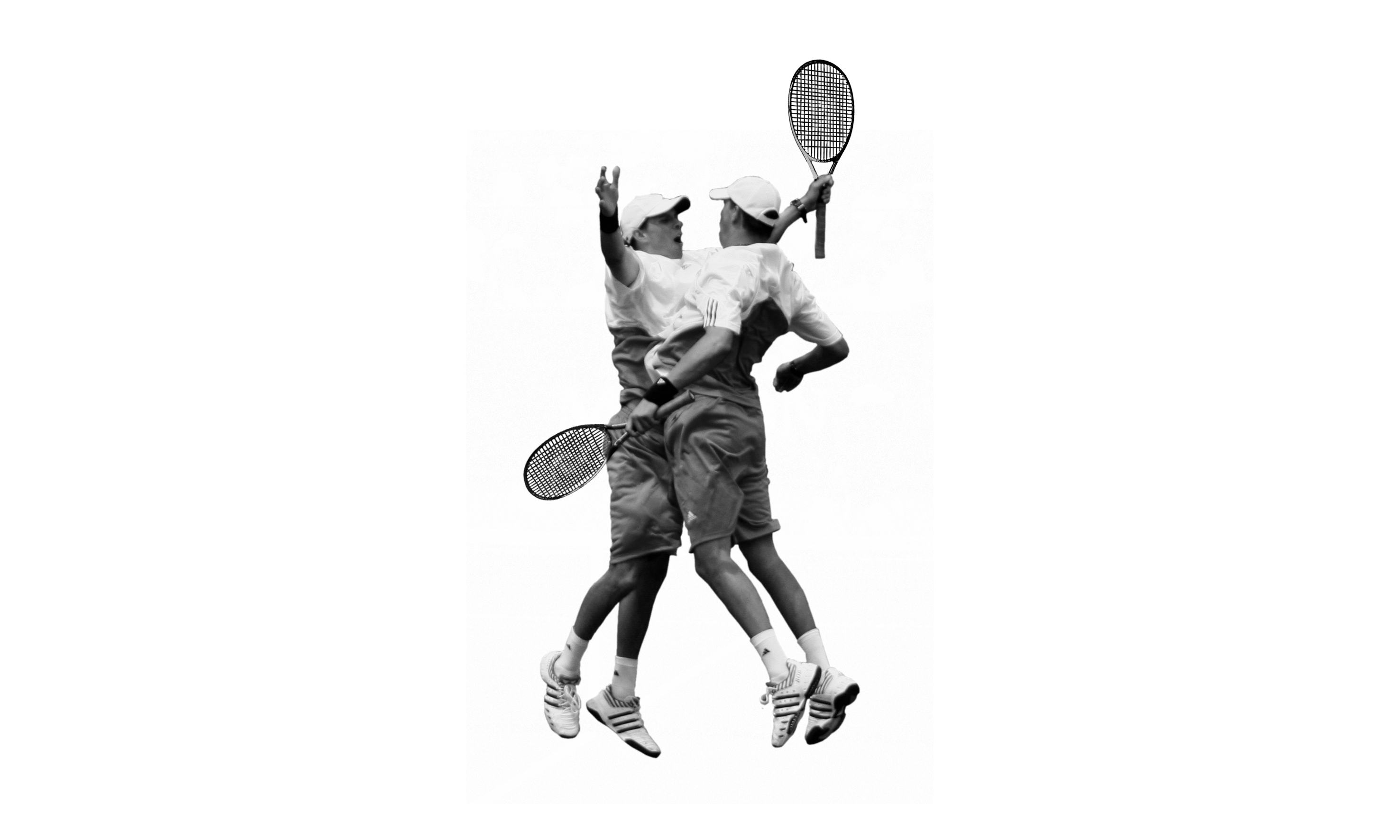
Christian missionaries took a lot of trouble to kill off the sacred sports of the inhabitants of Hawaii. Fortunately, they failed. Today, surfing is increasingly popular all around the world, and enthusiasts have thrown themselves into resurrecting the Hawaiian pastime of ‘sledging’ down the slopes of volcanoes.
“For expert surfers going upland to farm, if part way up perhaps they look back and see the rollers combing the beach, will leave their work […] then, hurrying away home, they will pick up the board and go. All thought of work is at the end, only that of sport is left. The wife may go hungry, the children, the whole family, but the head of the house does not care. He is all for sport, that is his food.”
This isn’t an excerpt from the latest edition of Surfer magazine (the professional surfers’ ‘bible’) describing Hawaiian surfing enthusiasts, for whom there is nothing more sacred than a good wave. The quotation above comes from a book called Kepelino’s Traditions of Hawaii, about the customs of earlier generations, written in the mid-19th century by the Hawaiian historian and missionary, Kepelino. Surfing had been the favourite pastime of the indigenous inhabitants of Hawaii for centuries. Actually, not surfing, but he’enalu, their name for swimming on a board.
The earliest reference to surfing the Polynesian waves is found in James Cook’s logbooks, and is over 100 years older than the excerpt from Kepelino’s book. But Cook, an English sailor and explorer, didn’t write these words in 1779 himself. He had died several months earlier during an argument with the Hawaiians over a boat. The natives had been accused of stealing a lifeboat from his ship. A regular battle broke out on the beach – stones, spears and clubs were flying and, from the European side, gunfire. Cook died at the scene.
The note in the logbook was made by James King who, after his captain’s demise, was appointed First Officer of HMS Discovery. He devoted a full two pages to a description of surfing (“riding the waves”) in Kealakekua Bay. After a rather clumsy, but still extremely detailed written and pictorial description of surfing, King noted that both men and women surf. He also highlighted that “surf-riding” has no practical purpose and is exercised purely for fun.
In fact, in pre-Columbian times in Hawaii, surfing was much more than simple entertainment. It was an important part of the culture and even had its own place in the religious rites, for example, during the season of Makahiki, the festival honouring Lono – the god of fertility, agriculture and rain – which heralded the coming of the new year. Surfing itself was a religious activity. Before surfing, prayers of thanksgiving were said. If there were no good waves, the kahuna (‘priest’) was asked to appease the ocean with a paean. The oldest of these songs we know of dates from the 15th century. Skilled surfers could count on fame and advancement. The best sportsmen became heroes and were revered almost as demigods. Bays and beaches with particularly good waves were named after them.
The best surfers were not usually commoners, but kings or local leaders, for they had the most time and the best conditions in which to perfect their surfing skills; they are probably the first people to stand up on surfboards. In Tahiti (which Cook wrote about) and the other Polynesian islands, they ‘surfed’ lying down.
In Hawaii, as on other Polynesian islands, until the arrival of the Haole (‘non-natives’, usually white men), the legal system was based on unwritten injunctions. On the Polynesian islands, this was called tabu (‘taboo’); on Hawaii, kapu. This system strictly defined all areas of life: what to eat and when, how to grow plants, how to build boats and surfboards, and how to sail or ride them. Kapu regulated who one could talk to, greet or spend time with. Kapu also covered surfing. Certain beaches and bays with the best waves were reserved only for the kings – the aliʻi (‘nobles’).
Only kings could swim on Olo boards. These were long, very narrow and incredibly manoeuvrable boards, which also worked brilliantly on smaller waves. Olo were made from wiliwili wood, a native species of sandalwood, which was considered sacred. Commoners were allowed to use the wider, shorter and heavier boards – alaia. These performed better on the more difficult, higher waves, and above all on violently breaking waves. In other words, those waves to which access was not forbidden by kapu. And although some historians write that the rulers surfed together with their subjects, it probably didn’t happen all that often. To this day in Hawaii, surfing is still sometimes referred to as “the sport of kings”.
One cautionary legend about the breaking of kapu tells of how Piikoi, a boy from an ordinary family, accidentally found himself not just in the bay by Waikiki beach that was reserved for the queen, but even worse, surfing the same wave as her. When they both reached the shore, he was severely beaten by her guards. He barely escaped with his life.
Perhaps her guards were also angered by the fact that, in ancient Hawaiian society, when men surfed with women there was always sexual tension. They surfed naked, and many romantic stories surround surfing. According to the historian J. Waimau, one way to win a person’s heart was to show off one’s surfing prowess. And this was true for both men and women.
But this method didn’t always work. One element of Hawaiian mythology is the story of Princess Laʻieikawai, who was kept hidden away in a cave to avoid her father, who had wanted a firstborn son. This cave could only be reached by diving under a waterfall. Huailiki, the best surfer on the island of Kauaʻi, had fallen in love with the princess. When his advances were rejected, the desperate Huailiki showed off just how well he could surf. He waited until he had a wave all to himself, and threw all his artistry into that one, masterful glide. Back on the shore, Princess Laʻieikawai placed a lei (‘wreath’) of red flowers around Huailiki’s neck, but that was all he was to get.
Surfing was also gambled on. The islands held many tournaments and the spectators bet on who would win. In pre-Columbian times there was no money, so they staked animals, (usually pigs and chickens), boats, houses, and even their lives. Disputes and arguments were settled through surfing tournaments, the rulers challenging each other to duels on the waves.
Legend says that a minor leader, Paiea, once challenged the much more powerful Umi-a-Liloa. During their contest, an accident happened – Paiea lost control of his surfboard, which smashed painfully into his rival’s arm, lacerating his skin. When, many years later, Umi-a-Liloa became the chief leader of Hawaii, it is said that the first order he gave was for Paiea to be sentenced to death and his body dedicated to the gods.
To this day, Hawaiians take surfing extremely seriously. The more so since there is a growing awareness that surfing connects them to the indigenous inhabitants of the islands from the times before the white Haole, who were so shocked by the natives’ lifestyles that they started forcibly civilizing and converting them.
As I’ve already mentioned, surfing was done – oh horrors! – naked, and with both men and women together, and it distracted them from working. So, it was the first thing to go, but the Protestant missionaries also went after other traditional sports. Take, for example, heʻe hōlua, the sport of sliding down the slopes of volcanoes on very long (3.5-metre), narrow, wooden constructions with runners, rather like a sledge. This was a type of mountain surfing and, as with surfing on water, when you hōlua sledge, you can stand, lie or kneel.
The last documented hōlua tournament took place in 1825. That’s why a few years ago a group of enthusiasts had to effectively start from scratch. They built the sledges themselves and sledged down the slopes of volcanoes. As with surfing, hōlua also has its religious connections. Sledge riding was a way of worshipping the goddess of fire, Pele.
The missionaries civilizing Hawaii also banned wrestling, cliff-jumping and diving. They fought hard to stop mokomoko, a type of fighting during which opponents took it in turns to attack, while the attacked person was not allowed to block or defend himself. He just had to absorb the blows, which were mostly to the head. The winner was the first person to knock out his opponent. The Hawaiians were forced to wear clothing and go to work. Surfing was saved thanks to the so-called Hawaiian renaissance at the turn of the 1960s and 1970s, when people started to rediscover the culture of indigenous Hawaiians, and it began to be fashionable.
Today, people speak of a second renaissance. The renewed interest in the indigenous inhabitants of the islands is reflected in surfing, which has become a multi-billion-dollar global business. And, as it was centuries ago, a good surfer once again draws admiration, but now in every corner of the world.
Translated by Annie Krasińska









